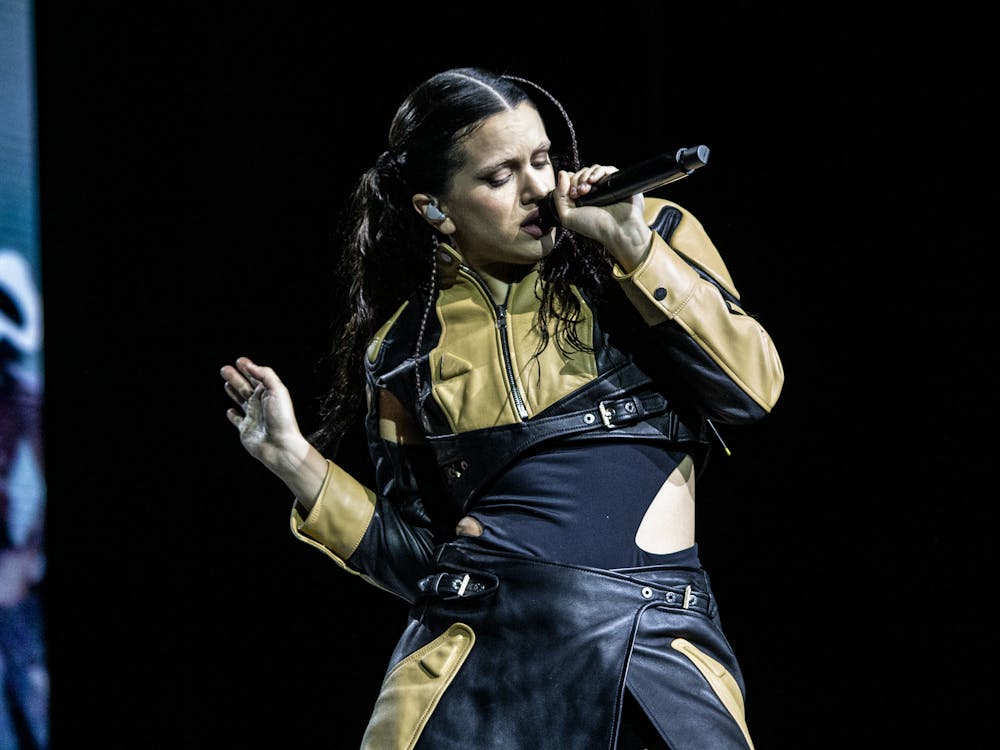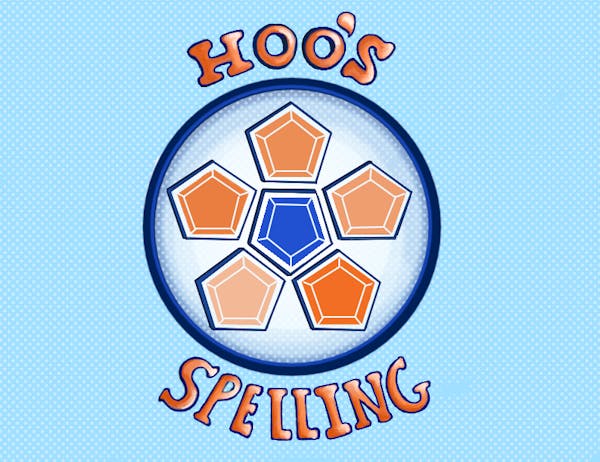Throughout each semester, Old Cabell Hall is filled with spectators, viewing performances ranging from a cappella concerts, symphonies, orchestras and other showcases. Sunday, the building’s audience was treated to — as Velma Kelly would say — “All that Jazz” from the University’s five small jazz groups.
The performances began at 7 p.m., directed by Sharel Cassity, the newly appointed Director of Jazz Performance at the University, music instructor Mike Rosensky, Senior Lecturer in Music Peter Spaar and music instructor Calvin Brown. These roughly seven-to ten-person combos are composed of students with a wide range of experience with their respective instruments.
“A lot of them have been playing jazz since middle school or high school, and they're just trying to continue playing the music while they're in college,” Cassity said. “And we have some students who have interest in going on into a professional career after school as well.”
The first group to perform was Cassity’s beginner ensemble. Consisting of a trumpet, tenor saxophone, guitar, piano, bass and drums, the students played two songs — “Freddie Freeloader” by Miles Davis, as well as Horace Silver’s “Song for My Father.” Both songs served as a perfect introduction to the concert, showcasing each instrument’s individuality and introducing jazz rhythms prevalent later in the evening.
Each of the following groups performed about four or five songs. Spaar’s Friday 12:30 group — with students skilled in guitar, piano, bass, drums and the tenor, alto, baritone and soprano saxophones — included some Latin influence in their performance, presenting Horace Silver’s “Enchantment.” To compile the setlist for the concert, students were encouraged to bring and propose pieces, some of which were integrated into the show.
“At the beginning of the semester, we just do a lot of tunes and see which ones they like. And then when we get to about the midpoint of the semester, we start narrowing down tunes," Spaar said. “I encourage them to bring in repertoire even, not so much this year, but I've had students who write tunes, so they'll bring in their own.”
According to Spaar, another important aspect of small group jazz performance, as compared to the larger Jazz Ensemble concert, is improvisation. In every piece of the night, from the upbeat “Chick’s Pain” by Mathieu Fiset to high-speed “Oleo,” composed by Sonny Rollins, each musician had solos, where they were able to show off their quick-thinking, improvisational skills. Fourth-year College student Dana Sun, electric guitarist in both Spaar and Rosensky’s combos, enjoyed the energy that the crowd and music itself brought to the performance and appreciated the effect those factors had on the spontaneity of the pieces.
“It was just like the energy in the room. Our drummer was just going crazy. I felt like he was being possessed by the spirit of jazz,” Sun said.
Auditions for the Jazz Ensemble and small groups occurred simultaneously, during the first week of classes. With 50 students auditioning for 40 sports in the jazz program, participants gathered in the band room, played together in different pairings and, eventually, were assigned their positions based on skill, scheduling and instrument, according to Cassity. Sun explained that students were asked to sight read music, and specifically, for the small groups, musicians played two additional pieces, focusing on accompaniment as well as solo work.
Data Science graduate student Will Novak and fourth-year College student Jack Peacock are in Calvin Brown’s small group and play the trumpet and saxophone, respectively. Both students have been involved in the small groups since their first years at the University, playing with many of the same people from year to year. Their group, along with the other small jazz ensembles have been preparing for this concert since the beginning of the semester, with rehearsals once a week for ninety minutes each in Old Cabell Hall.
“You're always learning from each other,” Novak said. “Our director, Calvin, is an amazing piano player, and … all the faculty are awesome players, and so just to be able to learn songs from them and just pick up tiny tricks here and there, I think has been my biggest takeaway.”
Another aspect of the jazz ensemble that student musicians enjoy is the freedom that comes with getting to choose a lot of the repertoire for their performances, and how each of the songs pose different difficulties and anticipations. Peacock enjoyed performing the song “Delfeayo’s Dilemma” by Wynton Marsalis due to its unpredictability.
“It's a hard one that we've been working on this semester. We were kind of iffy about if we should do it or not. Like, is this really concert ready, you know? And then we somehow have this thing that happens every semester where if you bring a song on stage, it goes 10 times better,” Peacock said.
First-year College student Grace Lee was in the audience and said she felt that excitement and dedication within the performers, even as someone who doesn’t typically listen to jazz.
“They clearly enjoyed what they were doing and their music, and it was just cool to see them so passionate about jazz music,” Lee said.
Jazz music allows the audience to see a new perspective that is not demonstrated in typical pop of rock music. With its contrasting beats, harmonies and styles, jazz is unique in its ability to allow performers to make last-minute decisions and communicate with one another and the audience based on pure emotion and impulsivity. Sun described what this experience is like for her.
“It's really the interaction between the soloist and the rhythm section and the improv of it all … it's such a super cool feeling to be able to speak to someone without words or language, but just through music, through looks, through body language,” Sun said.
Students can catch the Jazz Ensembles performances next semester for their spring concert, and if interested in participating, may contact Sharel Cassity.







